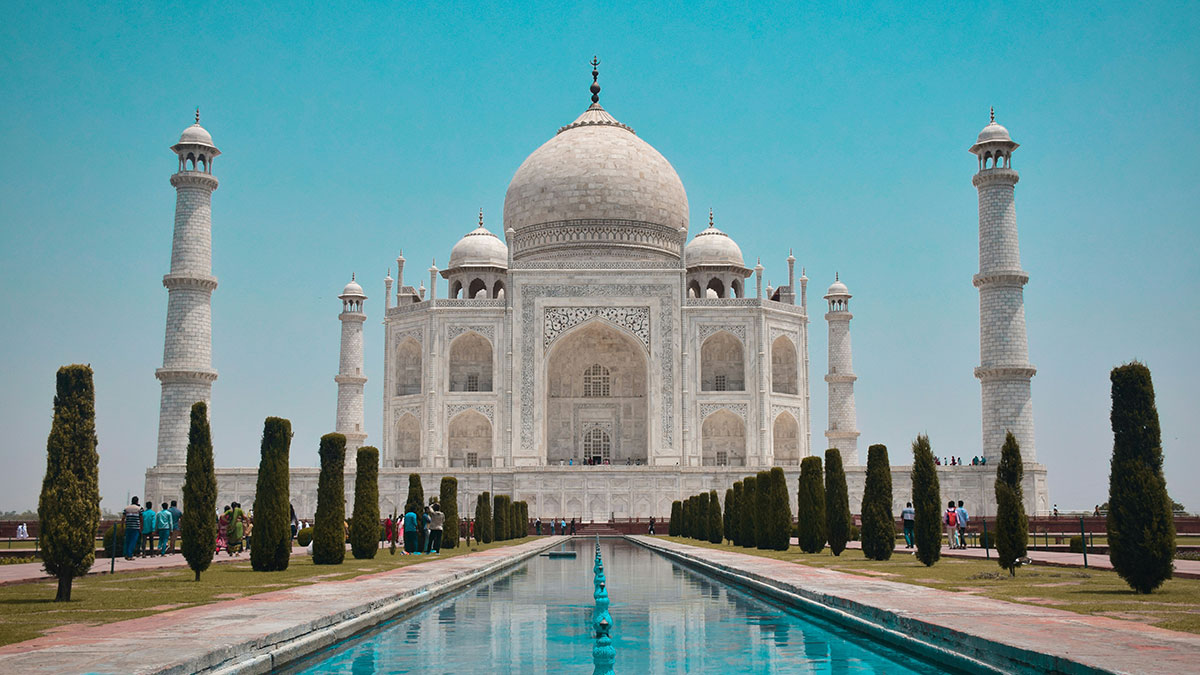
India is renowned as one of the world’s best places to travel to. The culture, people, and history all combine to provide something unique to travellers. Fortunately, you don’t need vast sums of money to experience India and all that is has to offer. Travel to India is relatively inexpensive compared to many destinations, but read below for ten India budget travel tips to make your money go even further.
1. A great idea to save money while travelling in India is to use online sites such as Agoda.com to book accommodation. These sites aggregate rates by price, so you can be sure to find accommodation that is in your price range and in the idea location. As a guide, hotel room’s range from $5 to $15 USD per night, however you can save even more by taking advantage of online discounts. In major cities you should be prepared to spend up to $25 USD per night for a room, however this is still relatively cheap by Western standards
2. Food can come at a substantial cost to travellers, but there are much cheaper options available to travellers in the know. The street food in India has a lot of variety, and is extremely inexpensive. Meals with two different curries, puffed bread, and soup can cost as little as 70 cents USD. This means that spending a little bit of extra time finding streets dedicated to food vendors can save you huge amounts. Not only is food from street vendors cheaper, but can also be safer as you can see exactly what is going into your meal. If eating out is your preference, some restaurants can provide meals for as little as $3 USD.
3. Be prepared to negotiate prices. It is important to bear in mind that every seller in India will try to extract all that they can out of you. This can mean that you end up paying much more than you need to for things. Haggling is prevalent in India and it is important that you learn the art of bargaining. Often sellers will try charge foreigners ten times the regular price of items, so there are large savings to be made. It is a good idea to only take the money with you that you are prepared to spend, and not any more. If you do need to take more, we recommend keeping it in a separate place such as a bag.
4. Prepare a daily budget prior to going. This will ensure that you are adequately prepared for travelling around, and this also makes sure you spend less money. A handy site is Numbeo.com, and this provides the price of many things in India. Once you have costed your daily expenditure, multiply this by the amount of days you plan on being away. This will give you the total amount of money you should take. It is a good idea to take a bit more than this in case anything unexpected happens.
5. Be careful with your money. India (like many countries) has many pickpocketers that prey on tourists, so it pays to be vigilant. Only take the money with you that you need for the day. Another good idea is to keep money in different places so that if something does happen, you have a back-up plan. Many rooms that you stay in will have safes that you can keep money. Other forms of currency such as travellers cheques and debit / credit cards can be useful, but may not be accepted at as many places.
6. Go to a doctor before you go. It pays to visit a doctor in your home country before travelling to India. This way you can get vaccinations and medicine in case you fall sick. Medical care can be expensive in India and can be costly, so this an excellent preventative measure. There is also the added bonus of not having your trip ruined by illness.
7. Travel during quiet times. If you choose to travel to India during peak times, you will have to pay a premium on many things such as flights and accommodation. Travelling in off-peak times can save you a lot of money, as there are many discounts and promotions available at this time. In general, the peak season in India runs from around October to March, so travelling outside of these times is considered off-peak. However, if you are heading to India’s mountainous regions, the busiest time is in the winter, so this is something else to consider.
8. Experience rural India. India’s big cities are becoming increasingly more expensive. An alternative worth considering is exploring rural India. Not only will this take you off the beaten path, but save you money. There are many organisations that operate in the rural tourism niche, and these include Grass Route Journeys, The Blueberry Trails, and Travel Another India.
9. Learn the local language. Learning the local language can help you befriend locals. You can understand their lifestyle and get inside information, which can help cut down expenses. To learn key phrases before you go, it is a good idea to read online guides and language tips.
10. Avoid tipping too much. Tipping is expected in India; however most places already include this charge as a ‘service charge’ in their bills. Be sure to check this before tipping to avoid tipping twice. As a general rule, you should not tip more than ten per cent of the total bill.


Leave a Reply